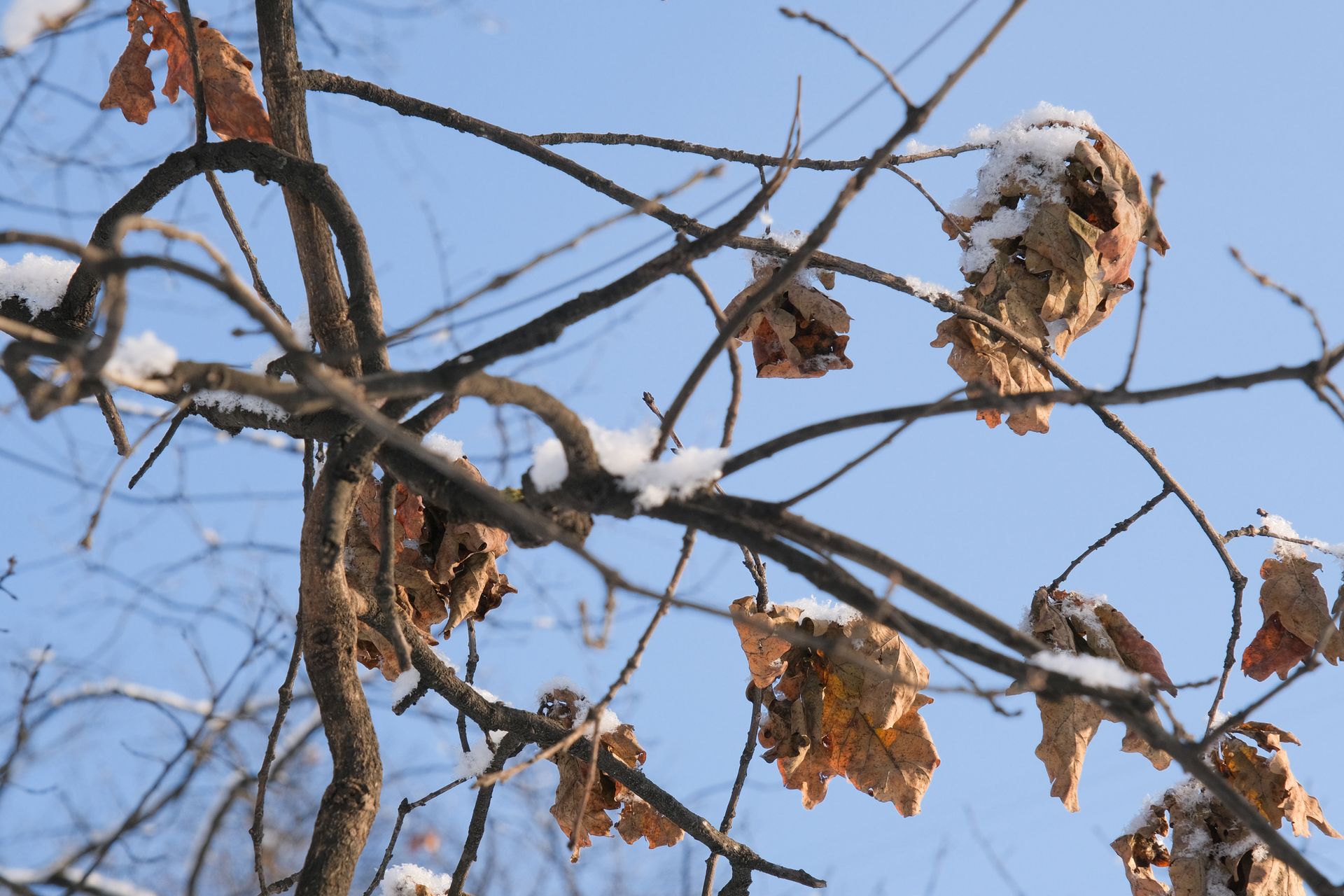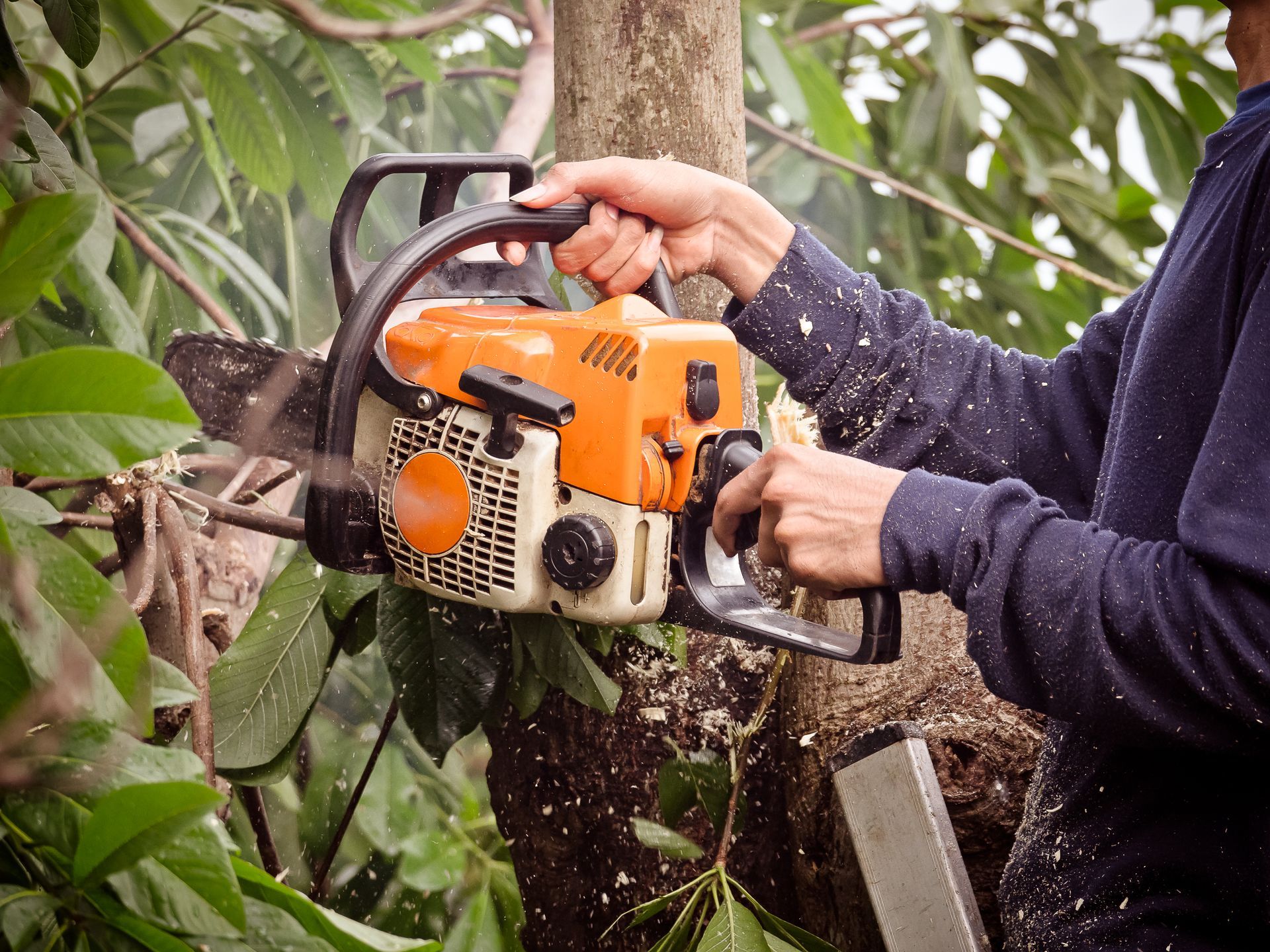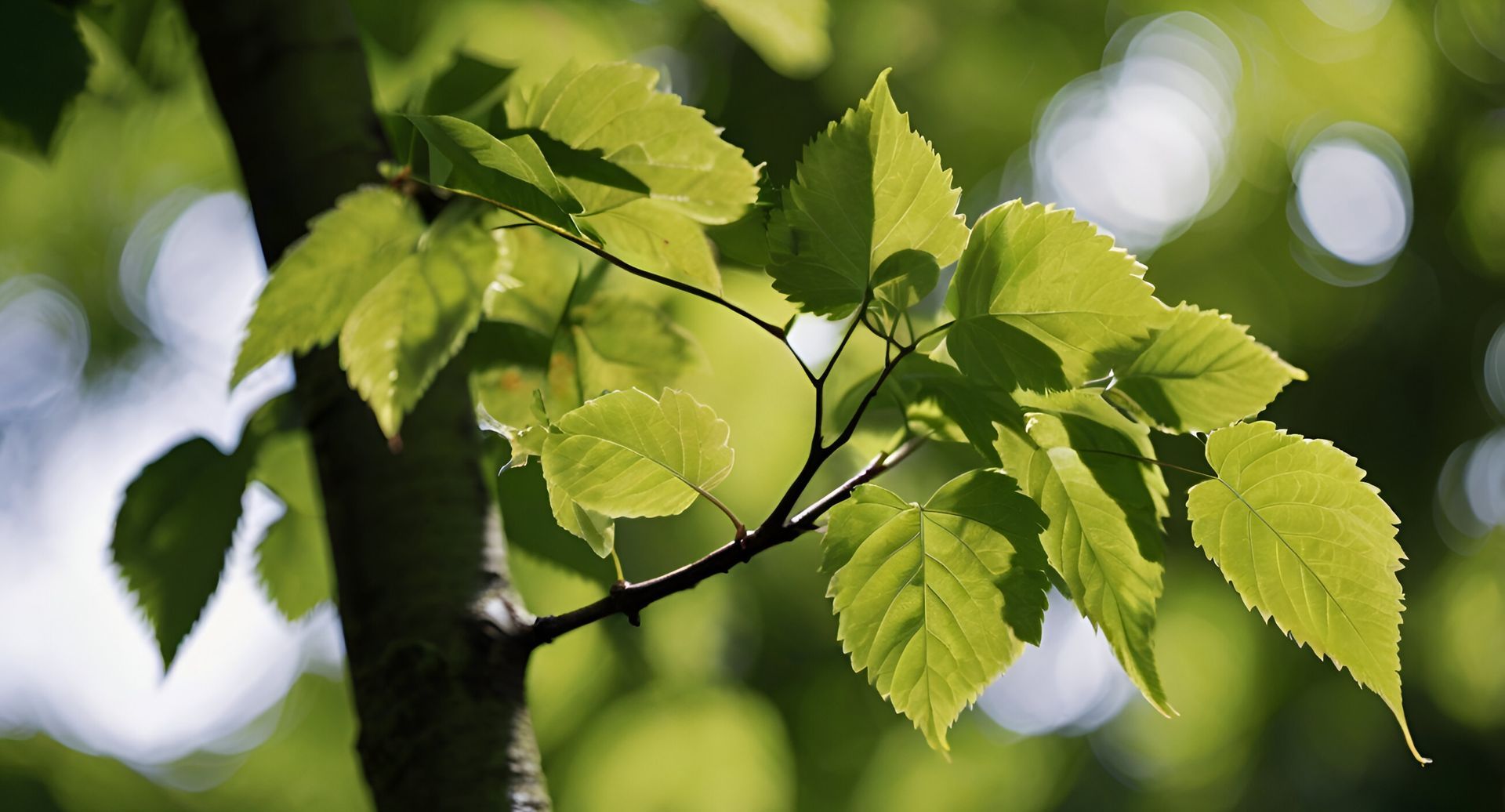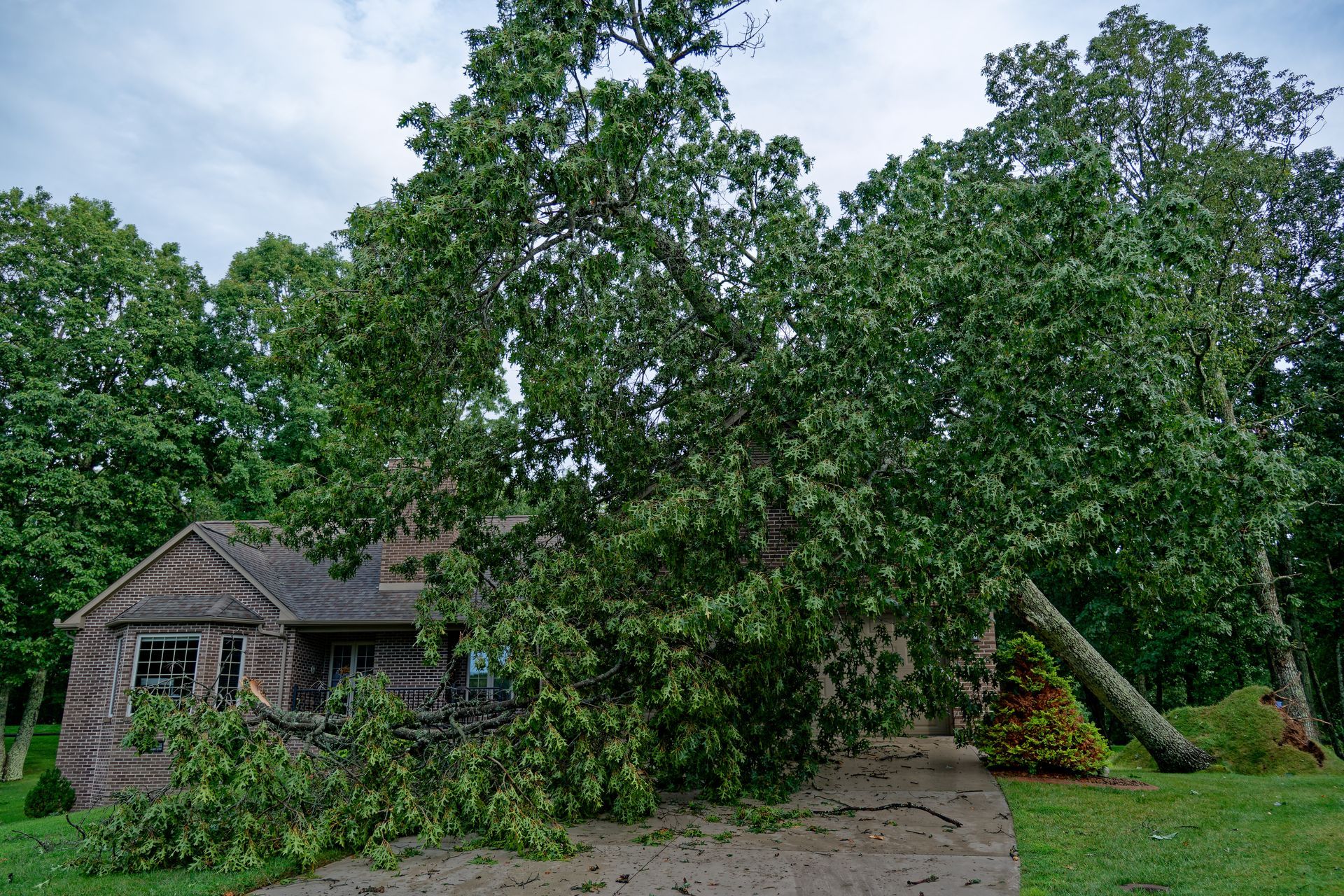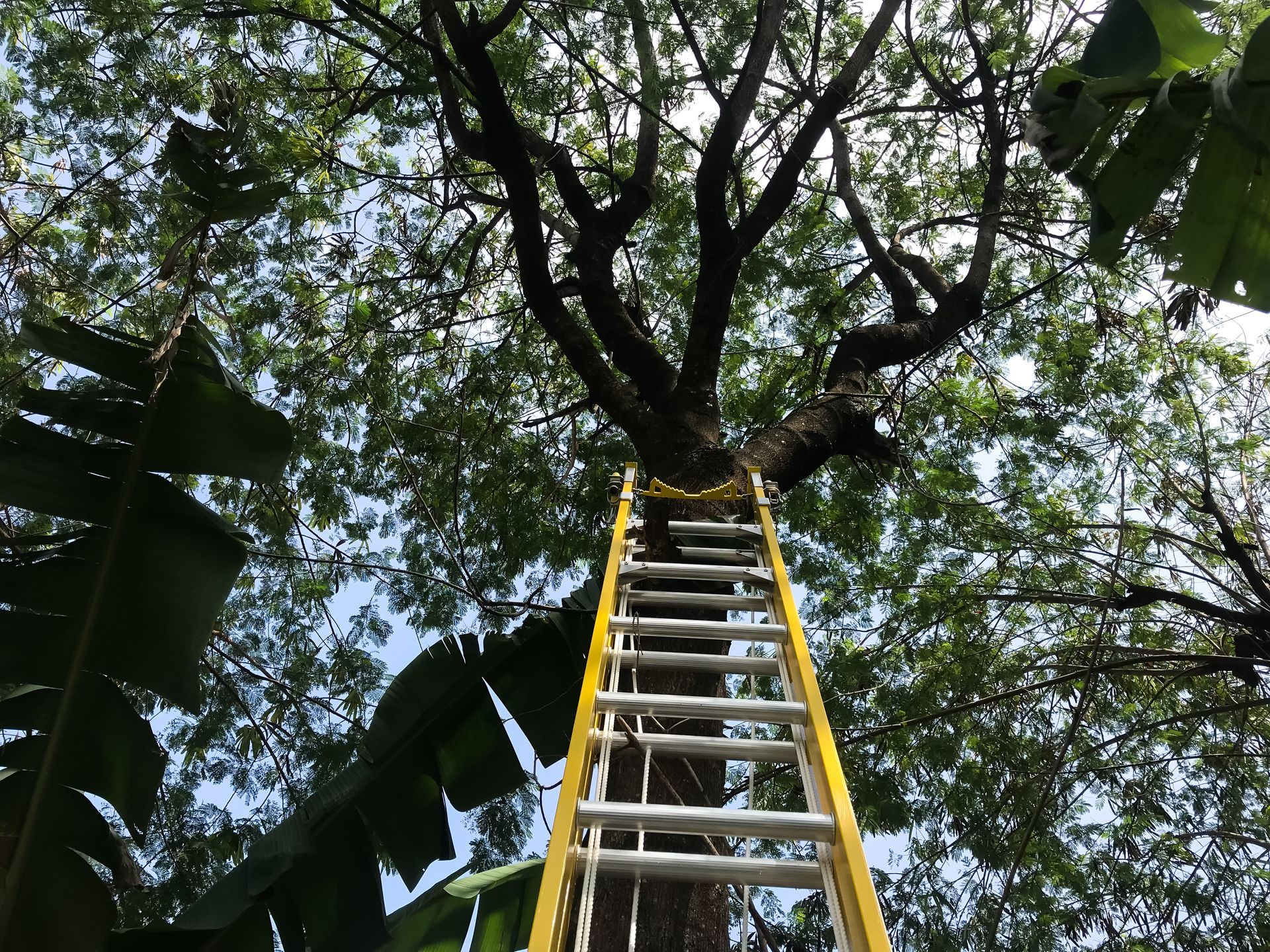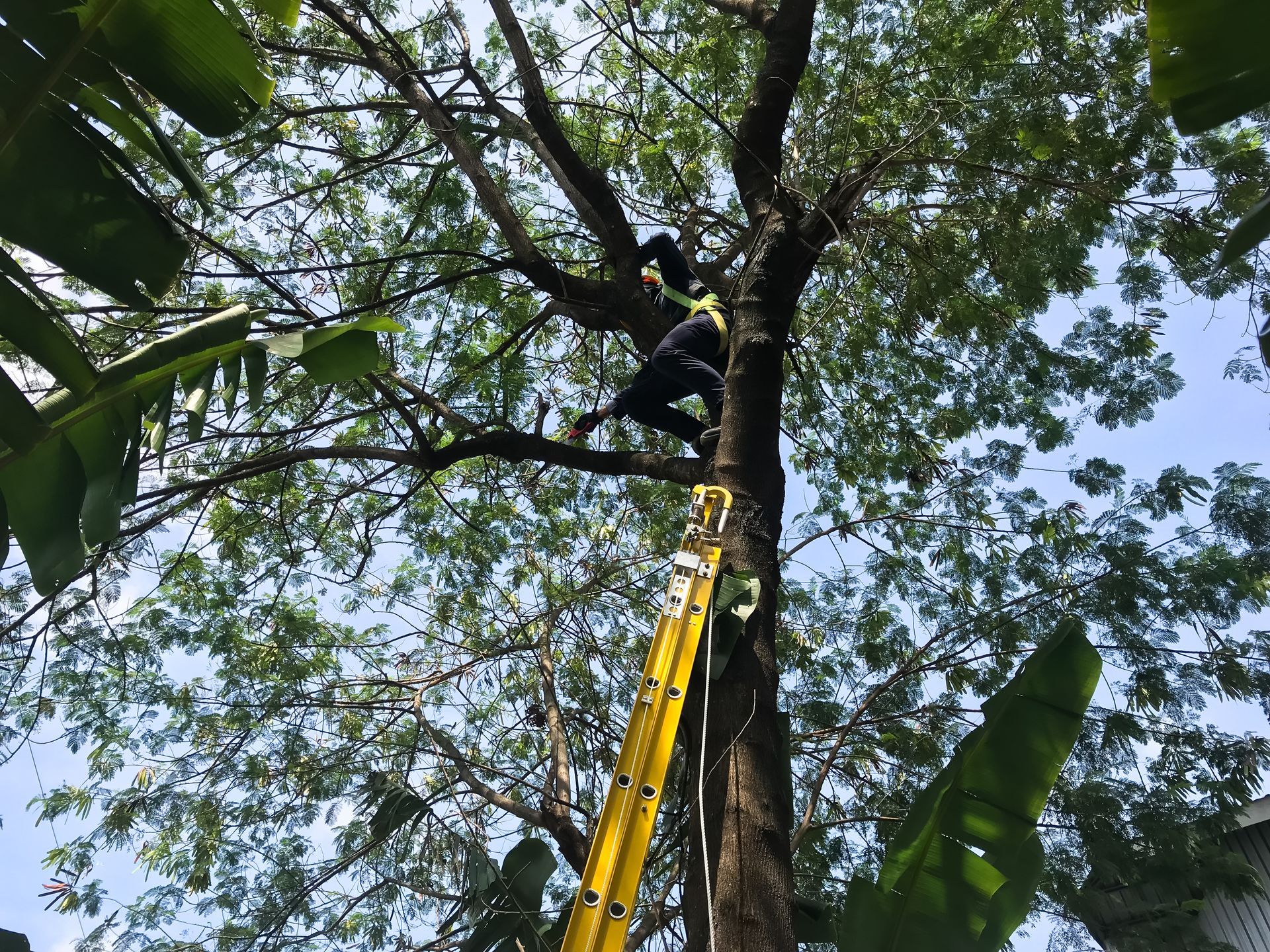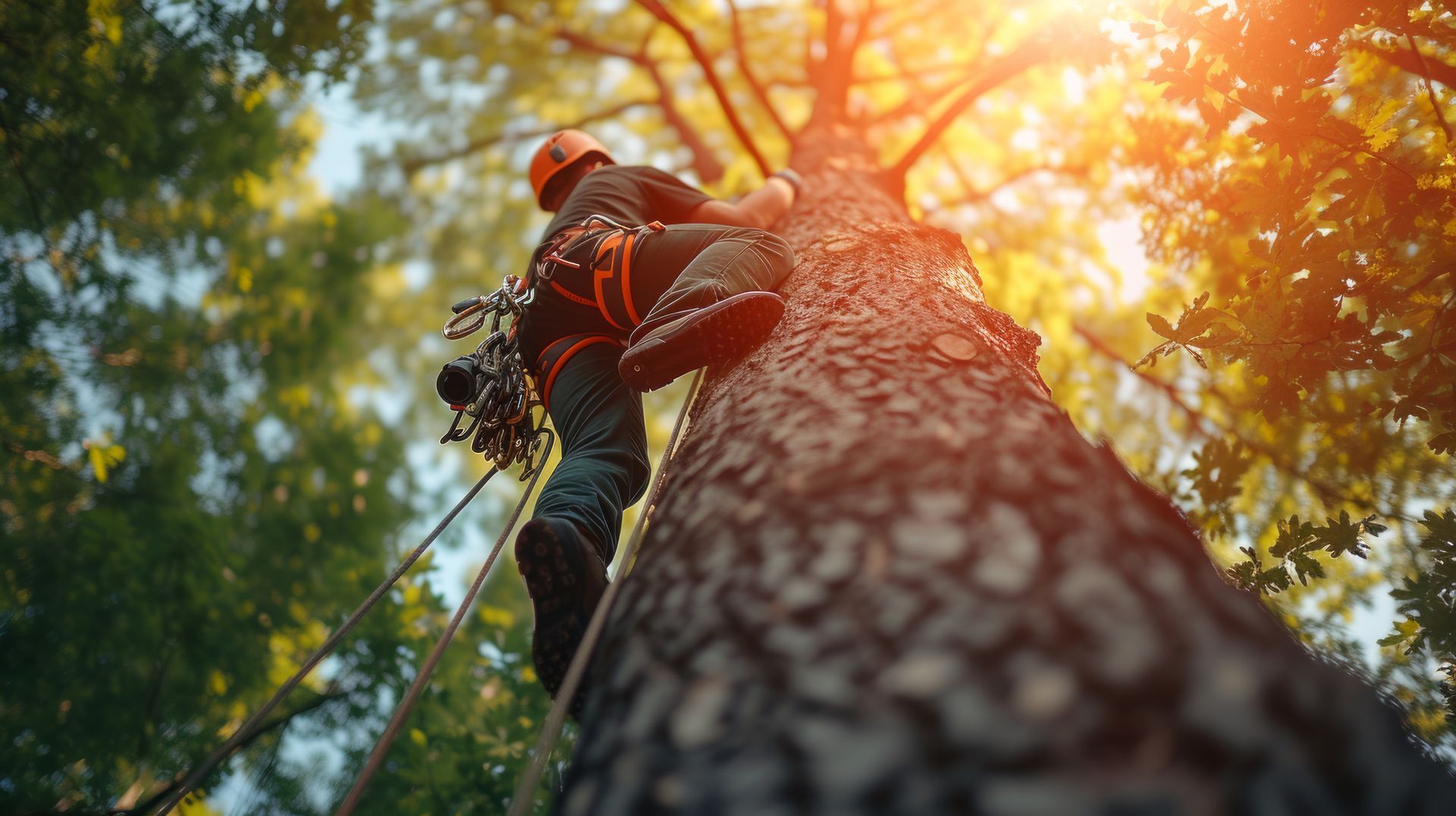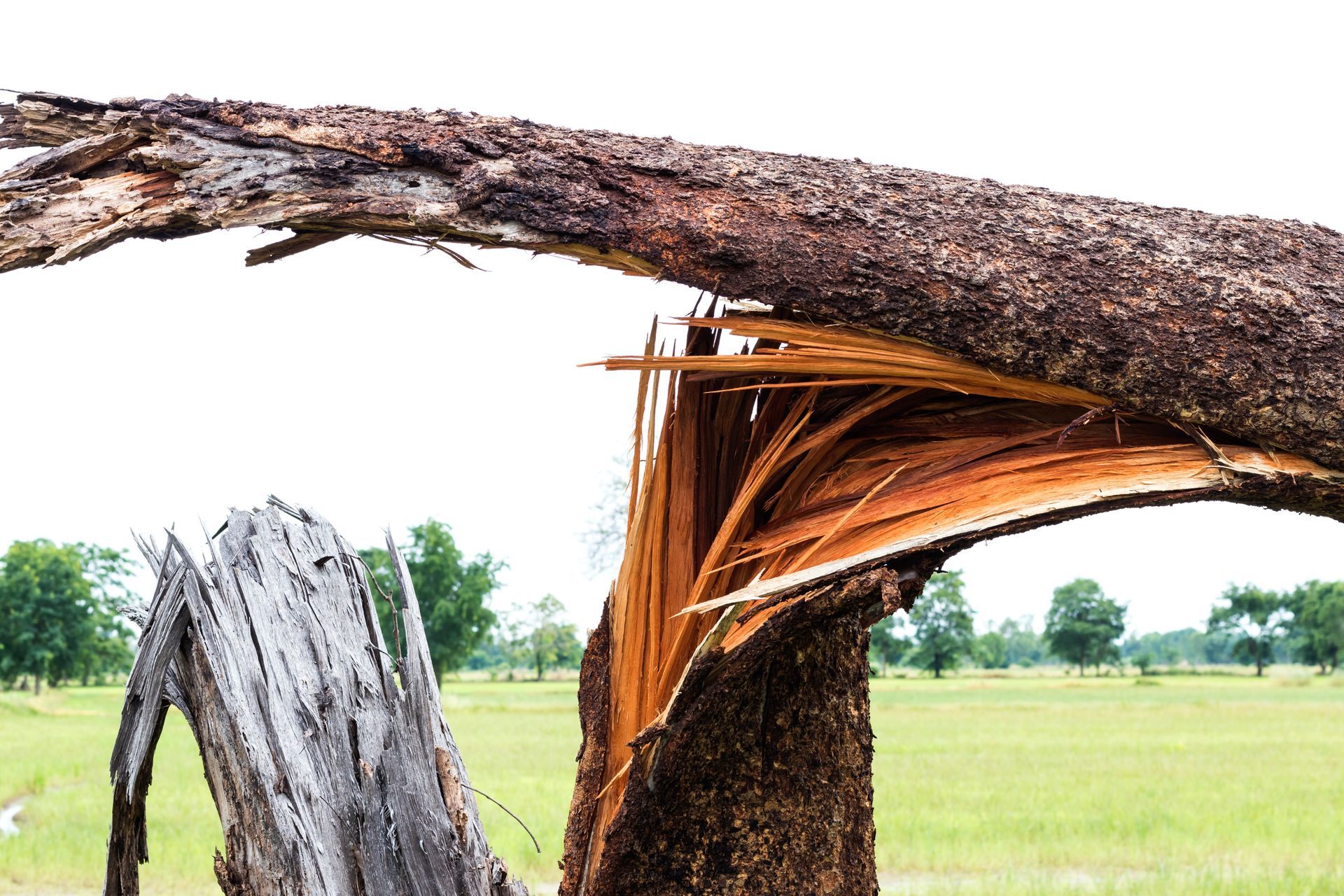What Kills a Tree the Fastest?
Protecting Your Trees: Understanding and Addressing Common Threats
Trees are not only aesthetically pleasing elements in our surroundings; they are vital for the ecosystem, supplying oxygen, shelter, and shade for wildlife. However, trees can face numerous threats, leading to their decline and eventual death. Understanding these threats and knowing how to address them is crucial for tree owners to protect their trees and ensure their longevity.
Improper pruning is one of the common causes of tree decline. When pruned incorrectly, trees can weaken their structure and leave them vulnerable to diseases and pests. To avoid this, hiring a professional tree service is essential to prune your trees correctly.
Insect infestations can also pose a significant threat to trees. If left untreated, insects such as emerald ash borers and gypsy moths can quickly kill a tree. Having a certified arborist perform regular inspections can help detect and treat insect infestations early, preventing them from causing severe damage.
Diseases are another major cause of tree decline. Fungal diseases like oak wilt and Dutch elm disease can spread rapidly through a tree and lead to its death. Proper tree care, including regular inspections and appropriate treatments, can help prevent these diseases from taking hold and causing harm to your trees.
Root damage is another common issue that can lead to tree decline. Construction activities, compacted soil, and invasive root systems can all damage a tree's roots, affecting its ability to absorb water and nutrients. To prevent this, it is essential to avoid compacting soil around trees and to use root barriers to protect them from damage.
Poor soil quality can also contribute to tree decline. Trees require nutrient-rich soil to thrive; poor soil quality can lead to nutrient deficiencies and tree decline. Regular soil testing and proper fertilization can help improve soil quality and promote tree health, ensuring trees have the nutrients they need to thrive.
Extreme temperatures, drought, and pollution are environmental factors that can weaken trees, making them more susceptible to diseases and pests. Proper watering, mulching, and protection from harsh elements can help mitigate these stressors and keep your trees healthy.
Physical damage from lawnmowers, vehicles, and construction equipment can injure trees and disrupt their vascular systems, leading to decline. Proper tree protection measures, such as installing tree guards and avoiding heavy machinery near trees, can help prevent physical damage and keep trees healthy.
Finally, chemical exposure can harm trees and lead to their decline. Avoid using harmful chemicals near trees, and follow proper application guidelines if you must use them.
Several factors can lead to tree decline and death. By understanding these factors and taking proactive measures to prevent them, tree owners can protect their trees and ensure their long-term health. Regular inspections by a certified arborist, proper tree care practices, and prompt treatment of any issues are essential for maintaining healthy trees. If you suspect your tree is in decline, contact a professional tree service for an evaluation and appropriate treatment options.
